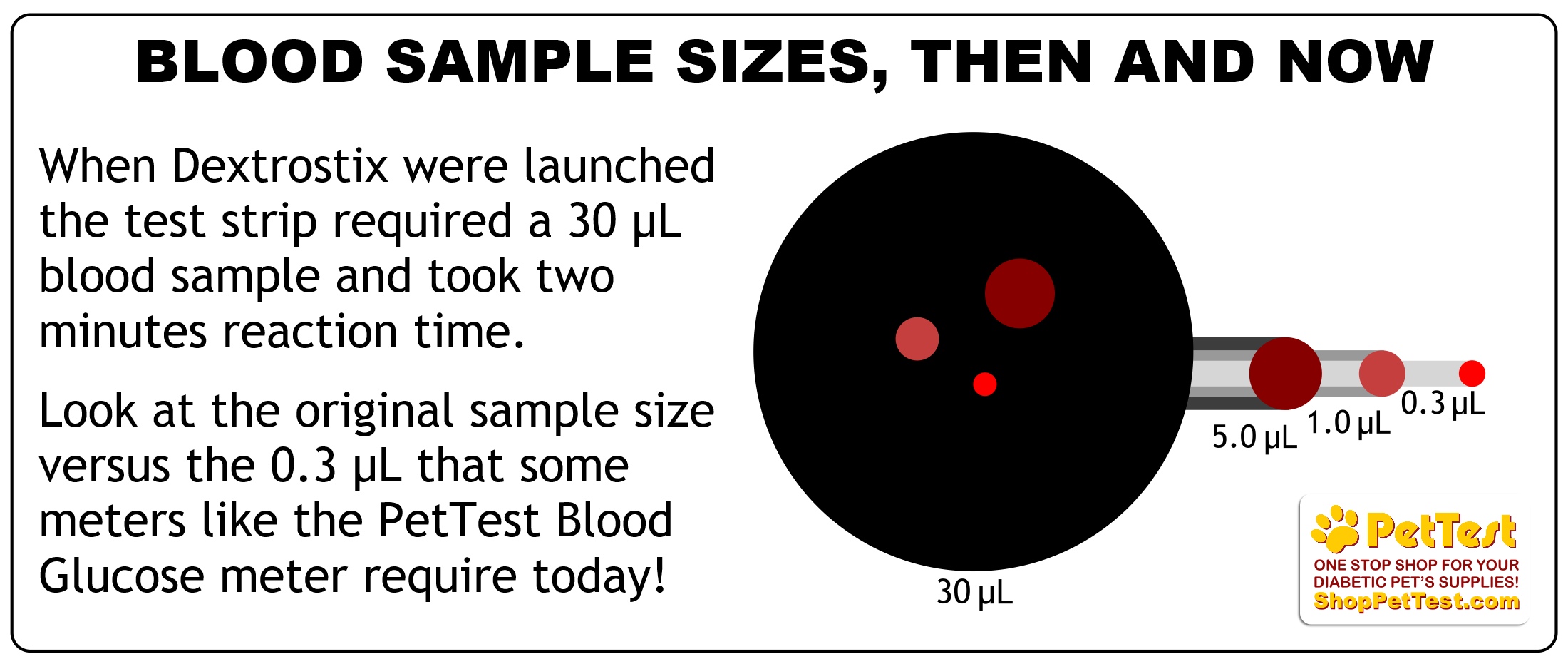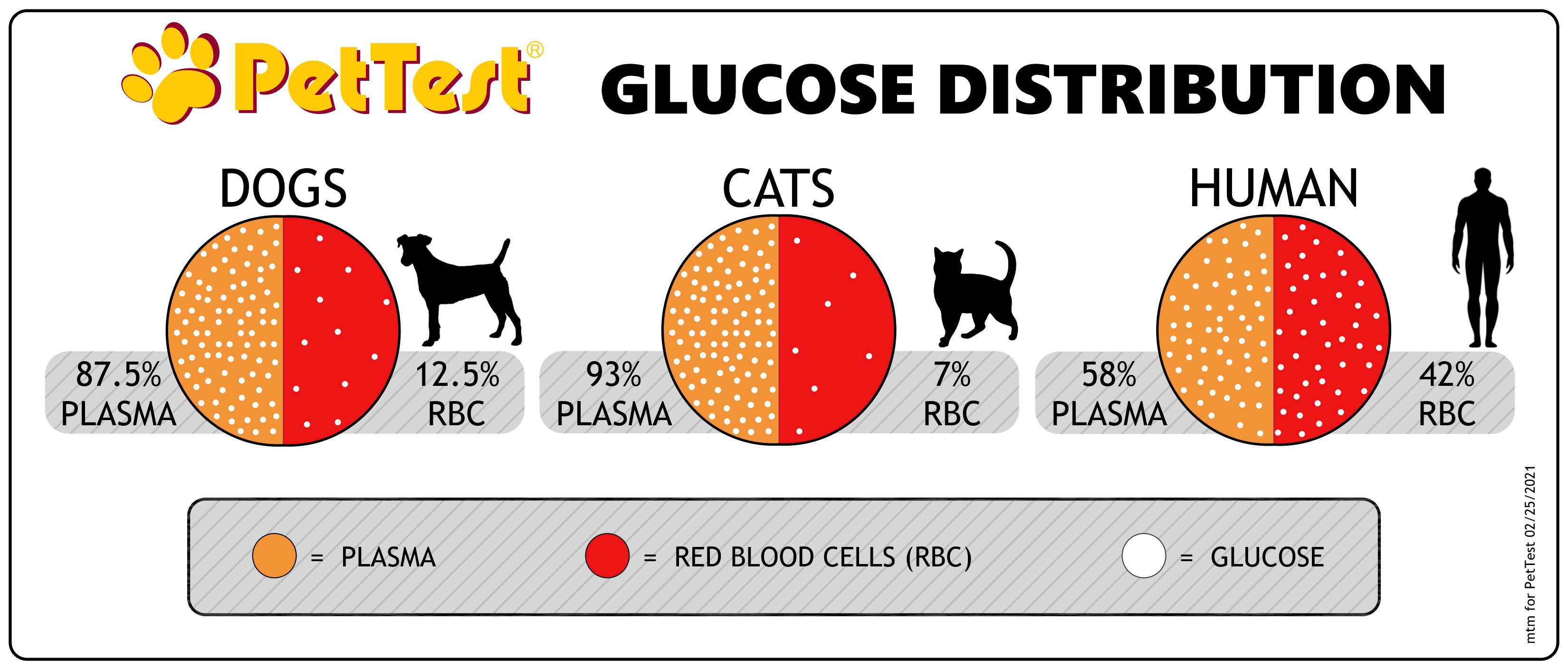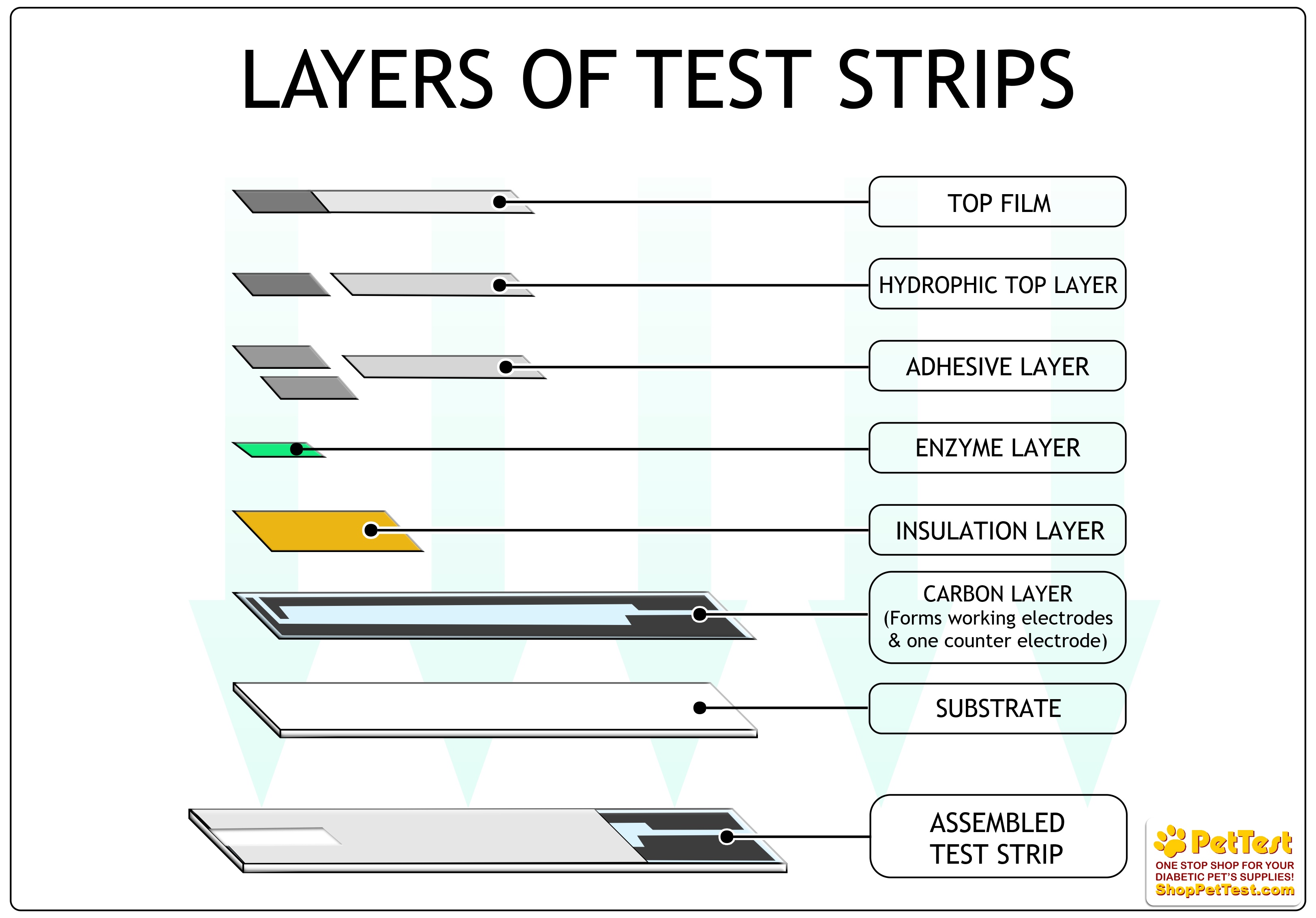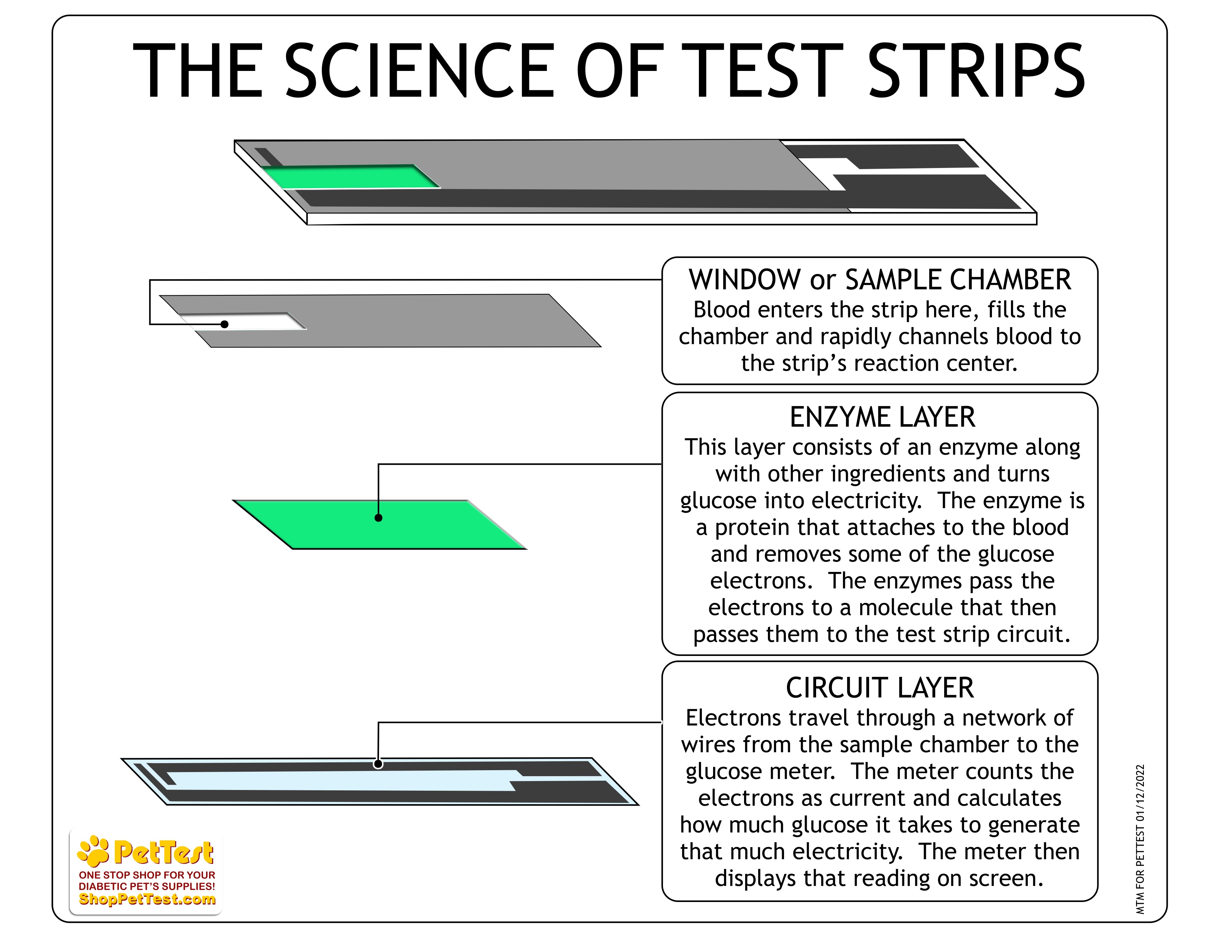All About Blood Glucose Meters
We have come a long way since the discovery of insulin in 1922 by Sir Frederick Banting and Charles H. Best. Blood glucose testing methods were archaic, complicated and not possible at home until 1980.
Today I want to briefly go over the history of blood glucose meters and how they work. Grab a cup of your favorite caffeinated beverage and let’s get to it!
In 1940 Dr. Elliott Joslin and his team develop the first in-hospital blood glucose monitoring system.
In 1965 an Ames research team developed the first blood glucose test strip. A large drop of blood was placed on the test strip, after 60 seconds the blood droplet was washed off and the generated color was compared to a glucose color chart. This was available to physician offices only.
In 1971, Anton Hubert Clemens invented the first blood glucose meter using Dextrostix. Results would give approximate blood glucose levels.
In 1980 The Dextrometer was launched for use at home. This meter also used the Dextrostix test strips and during the 1980’s the amount of blood needed was decreased.
Through the late 80’s, 90’s and early 2000’s technology improved. Initially washing the blood sample off the test strip was necessary to read the test strip. This step was removed and the blood sample sizes were reduced. Electrochemical test strips were developed and enzymatic tests were used.
Today, both human and animal meters use between 0.3 – 1.0 µL blood sample size and blood glucose results take approximately five seconds!

What is the difference between human meters and animal meters?
This is a simple answer. Human meters are calibrated to read human blood and animal meters are calibrated to read either dog or cat blood. Animal meters either have dog or cat mode, or a species appropriate code is labeled on the test strip bottles.
Why does a meter need to be calibrated to specific species?
Calibration has to do with glucose distribution in blood. Specific algorithms used in the meter are used to ensure that blood sample readings are accurate. Glucose is carried in plasma and in red blood cells at different ratios between species. The differences are drastic.

As you can see above the difference in glucose distribution between dogs and human is quite different. Only 12.5% of glucose is carried in red blood cells in dogs while 42% is carried in human red blood cells.
This is exactly why it is recommended to use an animal meter, especially if your dog is acting off (due to possible hypoglycemia) or when running blood glucose curves. During these times we want the most accurate blood glucose reading possible.
Note: if you are using a human meter on your dog make sure you use the readings as true blood glucose readings. Do not add or subtract numbers to “calibrate” against an animal meter, this is not accurate and not recommended.
The 411 on blood glucose test strips
Without test strips we would not be able to test blood glucose levels. The technology has improved over the past 50+ years since the launch of the Dextrostix. Let’s look at the layers of test strips.

As you can see there are many layers that make up a test strip. I want to go over the basic science of test strips and exactly how we get blood glucose readings.

As you can see there are many layers to test strips and the science is amazing! Turning glucose into a conduit!
Manufacturing blood glucose test strips
Clean rooms that are temperature and humidity controlled are necessary when producing blood glucose test strips. The room must be low humidity otherwise the enzymes in the test strips will degrade. The clean room is 28% humidity and because the humidity is so low employees can only work for 30 – 60 minutes before taking a break. Working in low humidity conditions like this can dehydrate a human being.
Why do test strips expire?
Test strips expire due to the enzymes in them. Enzymes break down over time naturally. Other things that cause degradation of the enzymes are extreme temperatures and humidity. Test strips that are in bottles degrade every time the strip bottle is opened. Most test strip bottles have a little reservoir at the bottom with silica gel in them to help reduce humidity.
Pro tip: If you use test strips that come in a bottle be sure to close the bottle as soon as you take a test strip out.
Good news if you have a PetTest meter and test strips…each test strip is individually wrapped to ensure that they are fresh!
Why do we get error readings?
Human error is 90% of the reason we get an error reading. Too much blood (flooding the chamber), not enough blood (can cause a false low reading) or improperly handling the test strips are common issues we see.
- Be sure to read blood glucose meter manual and save it for future reference. The end of the manual has error codes and reasons for those error codes.
- Make sure you have the meter coded/set to the appropriate species.
- Wash and dry your hands thoroughly before handling the test strip.
- Check that you have a large enough blood sample size, The PetTest meter requires a 0.3 µL size which is the smallest sample size required.
- Retest blood glucose if you get an off reading, a low or high reading. By retesting we rule out error and can react appropriately.
That was A LOT of information but honestly, I thoroughly enjoyed learning about glucose meters and how they work; I am so thankful that we have this technology available so that we can manage our dog’s diabetes successfully! I hope that you learned as much as I did today!
Until next week stay comfy and caffeinated!
If you have any questions, comments or suggestions, please start a conversation below.
If you are looking for a Facebook community to join for support, I have proudly been an admin in Diabetic Dog Owners for over five years. You can also join Canine Diabetes Support and Information on Facebook as well.
Be sure to join the PetTest family on Facebook and Instagram. PetTest has fun, interactive posts AND they have fabulous giveaways every week!
Do you need a blood glucose meter kit for your diabetes arsenal? Click here to purchase one today!
For a printable version of this blog click here.

